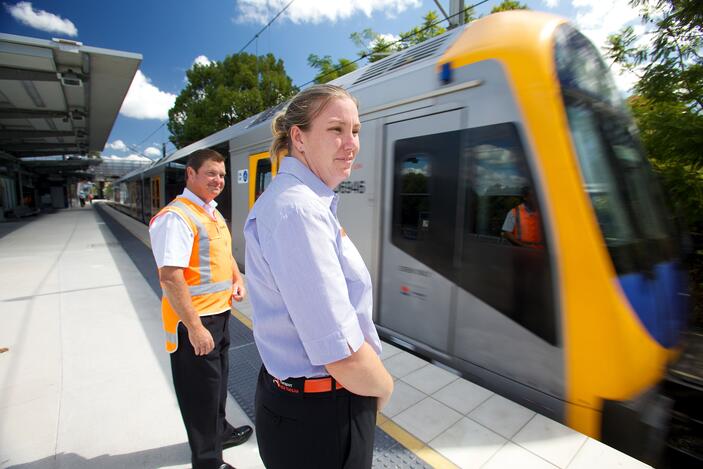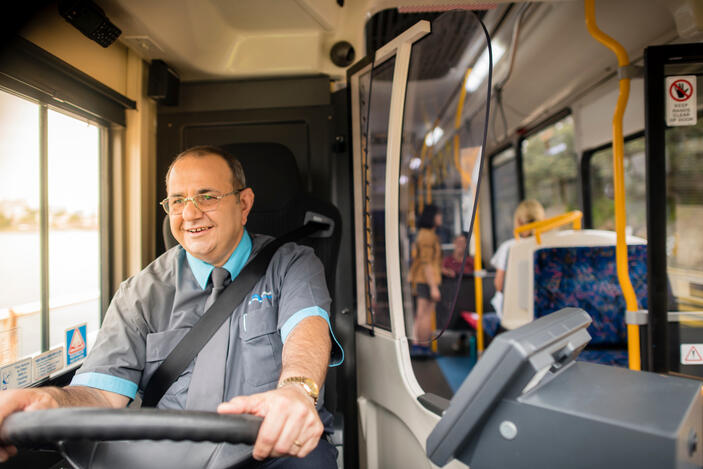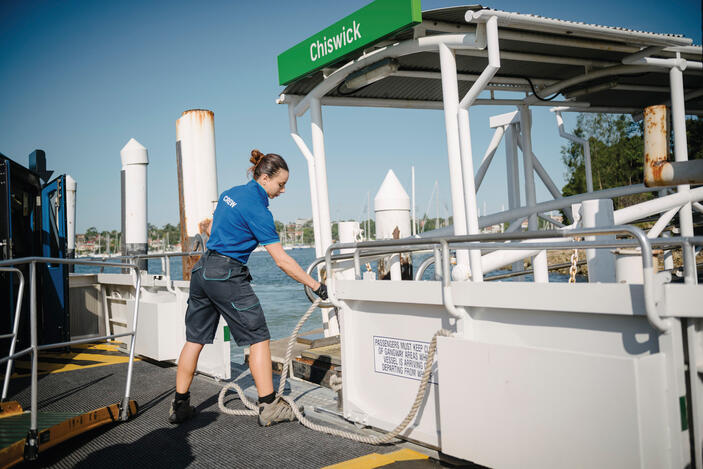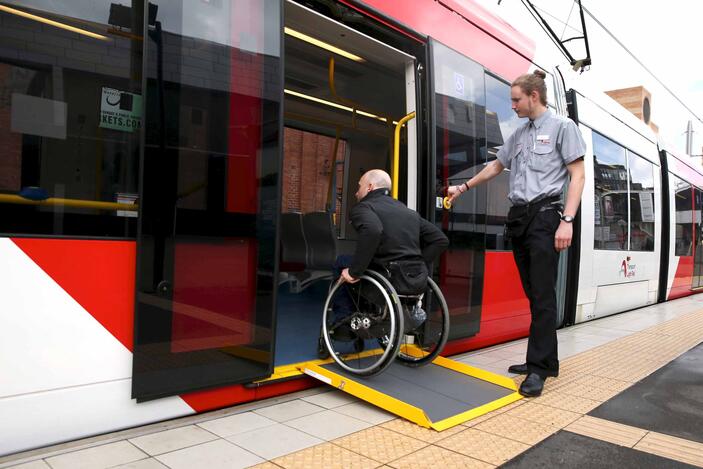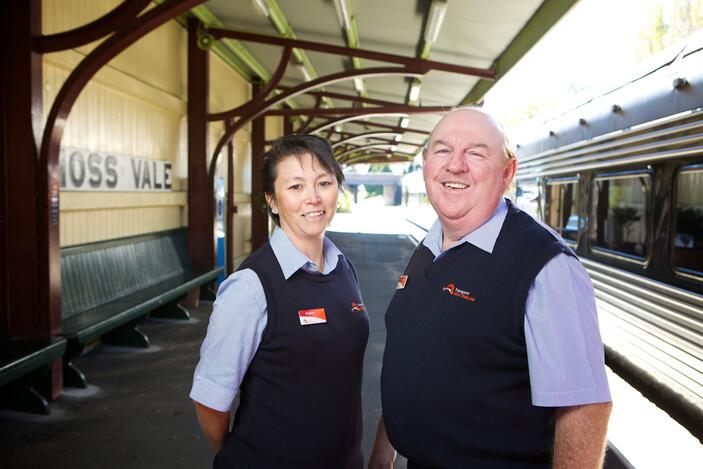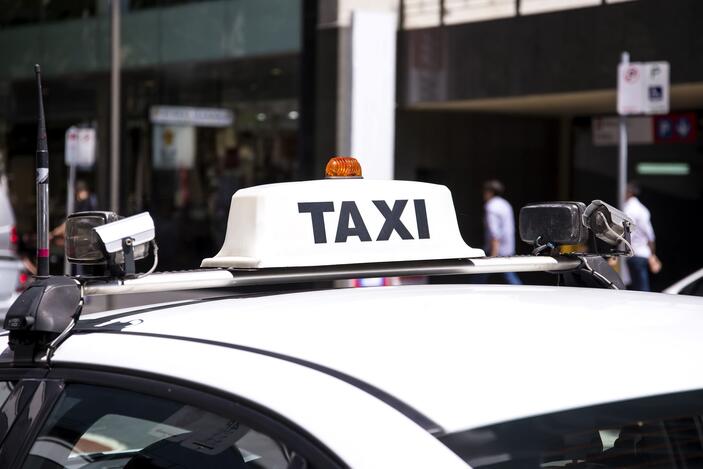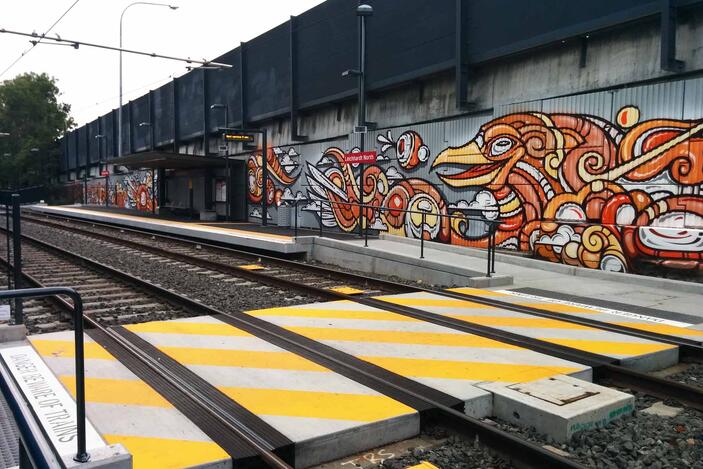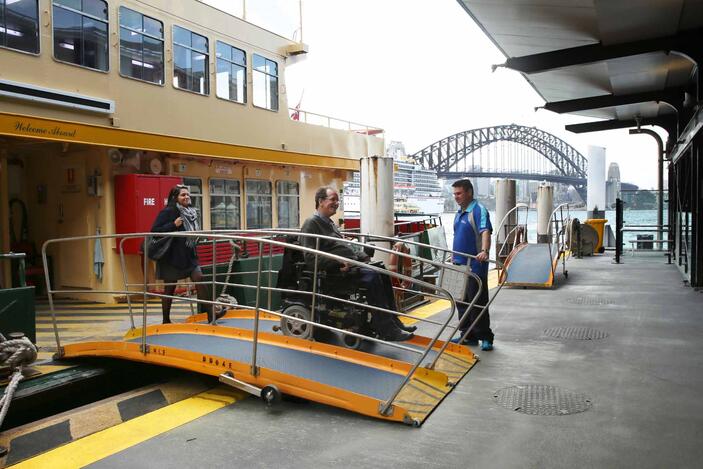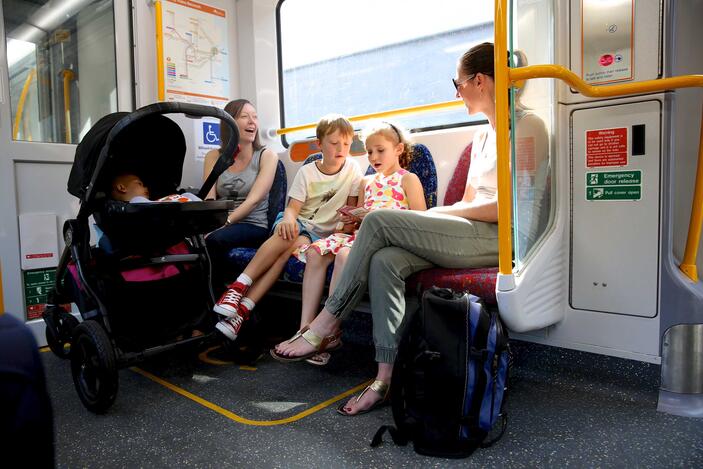Safety and security
General safety tips
Allow plenty of travel time and slow down to avoid slips and falls.
Consider travelling during off peak times to avoid the stress of navigating increased crowds.
You may also consider avoiding travelling at night. Visibility is lower, increasing the risk of slips and falls. Personal safety risks also increase at night on public transport due to less people travelling.
If you must travel after dark, you can:
- wear bright clothing for greater visibility.
- stand in places where it is brightly lit while waiting to board your vehicle.
- ensure you have quick and easy access to your telephone and that it is charged.
- Let someone know you are travelling at night, and your intended destination and estimated time of arrival.
Don't be distracted by your mobile phone.
Have your personal items including wallet safely secured and out of sight.
Consider your route and where you might be vulnerable during your planned trip. For example, waiting alone at a bus stop after dark.
Let someone know when you will be travelling, your planned route, intended destination and the estimated arrival time.
Make sure you have your phone easily accessible and fully charged.
If at any time you feel unsafe, phone a friend. If you feel its an emergency, call 000.
At large transport interchanges, you can use the Emergency Help Points. All trains have emergency help buttons you can also use.
If you see or hear something that doesn’t add up, speak up.
Call the National Security Hotline on 1800 123 400. If you are in immediate danger always call 000.
By reporting suspicious activity, you’re helping keep the community safe.
In the event of an attack, what you do matters.
If you ever face an attacker armed with a gun, knife or similar weapon, it is important to be prepared to react quickly.
You need to remember three words: ESCAPE. HIDE. TELL.
- ESCAPE – Move quickly and quietly away from danger, but only if it is safe to do so.
- HIDE – Stay out of sight and silence your mobile phone.
- TELL – Call police by dialling Triple Zero (000) when it is safe to do so.
For more information, visit the National Security website.
Reconsider travel if:
Reconsider your travel plans if you are not feeling well.
If you are already on public transport and are not feeling well or you see someone who looks like they might not be feeling well and need help, if it is an emergency call 000.
If its not an emergency, speak to a transport worker or security staff and they will help to arrange medical assistance.
It is best to stay at the stop or station if you’re unwell where help can be accessed quicker than when travelling on a transport vehicle.
Check the weather forecast and reconsider travelling if the weather conditions for when you intend to travel are poor.
Travelling in wet weather conditions can increase the risk of accidents, slips and falls. Also there is a chance severe weather, including lightning, may cause disruptions to services.
Safety by travel mode
Choose a transport mode below for more information about safety and security onboard those services, at stops, stations or wharves, what to do if you feel unwell, how to use emergency help points or get access to CCTV footage and more.
Transport for NSW has partnered with Cisco Systems Australia to trial the use of Artificial Intelligence and WiFi technologies on CCTV cameras at specific Sydney CBD and Newcastle locations to enable Transport to deliver a safe, efficient and enhanced transport experience. Find out more about the trial.
